Accounting
Accounting
Browse

Three case studies reveal how top-down funding creates rigidity, waste, and systems that cities cannot afford to fix or abandon.
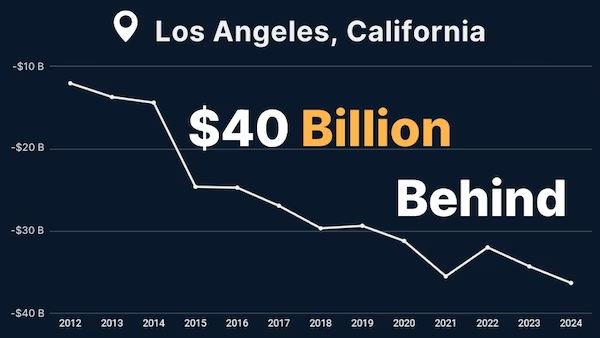
Los Angeles didn’t mismanage its way into crisis. It built its way here.
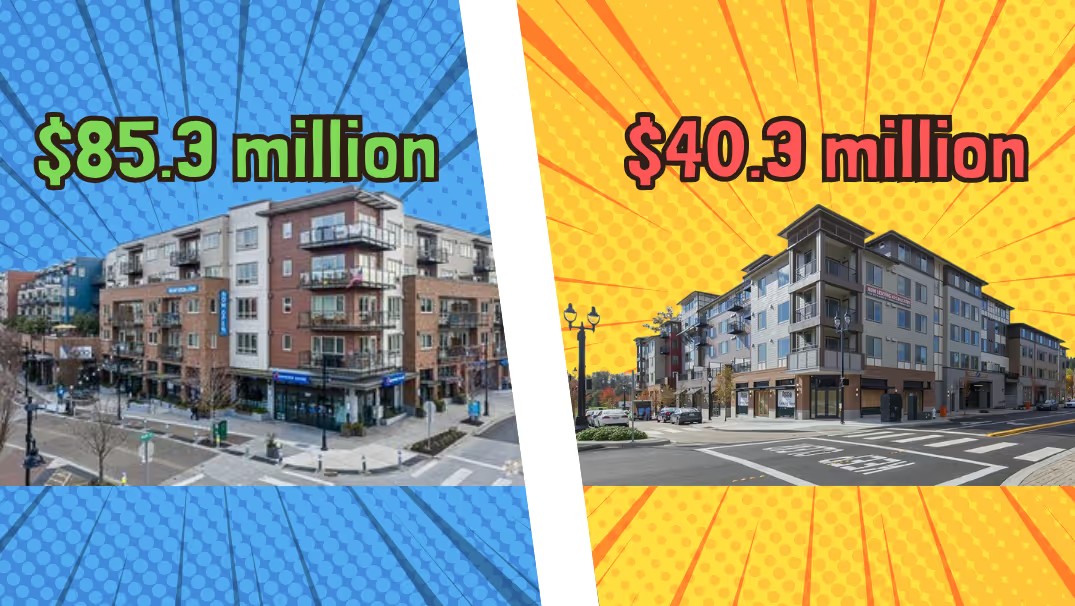
You probably wouldn’t be able to tell these two buildings apart, yet their economic performance couldn’t be more different. A deep dive by geospatial firm Urban3 shows why that’s the case.

What the Finance Decoder revealed about Fayetteville, Springdale, and Siloam Springs—through the eyes of a local Strong Towns member.
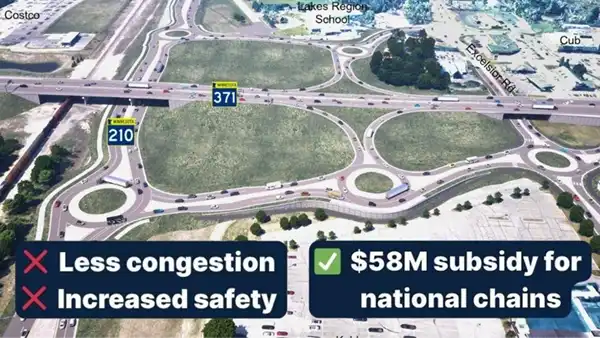
What do you get when you combine too much funding, a broken development model, and no clear priorities? A six-roundabout interchange built to serve big-box stores that are already closing.

What do a taqueria, a bike shop, and an art center have in common? They’re all outpacing a retail giant when it comes to property tax revenues.
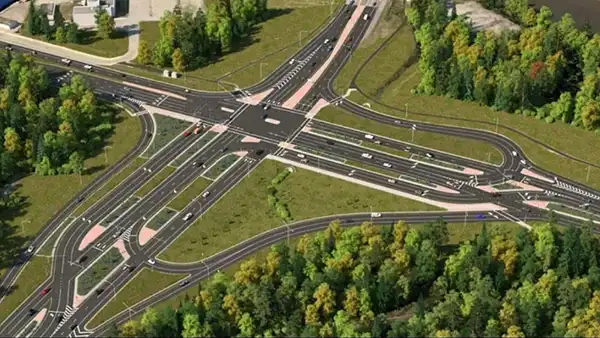
An intersection redesign in Fairbanks, Alaska, proves that road projects are not always improvements—and that DOT priorities are often out of touch with reality.

As Norwalk navigates a housing crisis, one thing is clear: the path forward isn’t scale for scale’s sake—it’s building smarter, more affordably, and with the community in mind.

Over 20 communities have used the Finance Decoder to turn dense spreadsheets into clear direction—proving that financial transparency doesn’t have to be dull.

We’re not just looking at a future where cities can’t count on federal support. We’re facing one where Washington itself might be powerless to intervene, even if it wanted to.

What happens when everyday people dig into a city’s balance sheet? In Columbus, it sparked a three-hour conversation—and maybe a shift in mindset.

Instead of letting their commercial buildings sit empty, surely it would be better for landlords to lower the rent and got some use out of the building, right? Wrong. Here’s why.
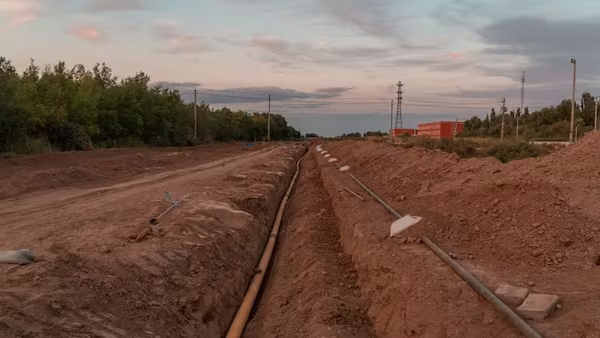
Programs that rely on federal subsidies eventually collapse—or hollow out in slow motion. That doesn’t mean we should fight harder to protect those subsidies. It means we should build towns that don’t need them.
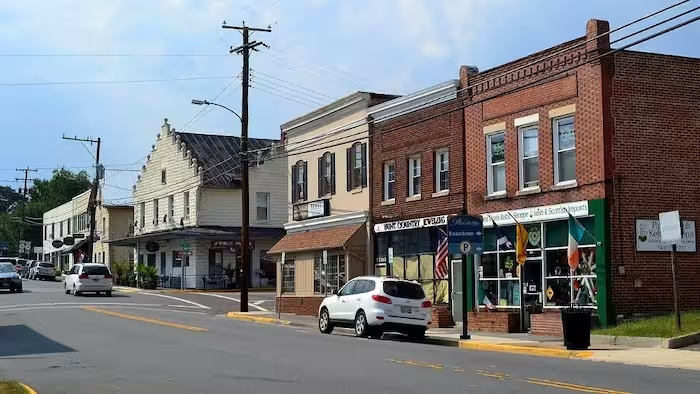
The Growth Ponzi Scheme encourages city governments to take on obligations they can never hope to sustain. Purcellville, Virginia, offers a stark example of where this path leads.
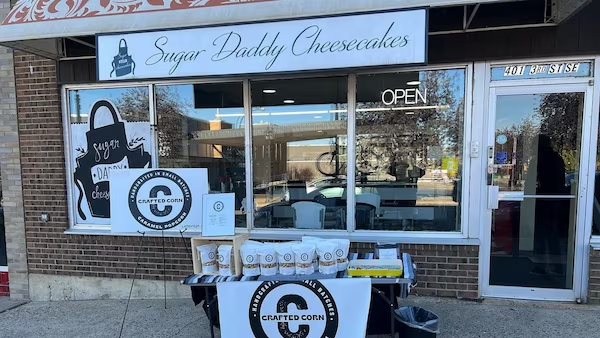
Conventional thought would tell us that the new commercial developments in a city should be the most productive compared to the older buildings downtown, but that’s not necessarily the case.

This year, official inflation is up 2.6% while the Christmas Cookie Inflation Index rose by 6.2%. What does that mean?
Brainerd, Minnesota’s newest addition isn't exactly cause for celebration. Instead, this “high-tech” ice machine reveals deeper issues with public investment, community apathy and neighborhood decline that can plague cities.

Are urban areas really more financially sustainable than suburbs? Do urban areas inherently have higher infrastructure costs? Here's what Strong Towns actually says about the Suburban Experiment and infrastructure spending.

The financial struggles of Houston and the cities of the Silicon Valley area—as well as tens of thousands of others across North America—have the same underlying cause.

Houston’s fiscal problems are less critical than other major cities with large budget shortfalls—yet, their mayor is correct when he said his city is broke, that the financial approach of the city is clearly not working. Here’s why.

"I have long believed that Americans are being gaslit when it comes to inflation, that official statistics understate the inflation we all experience."
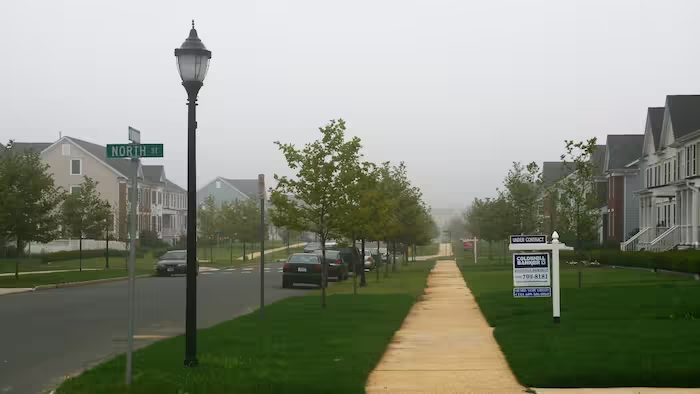
I was asked how much the typical suburban development is costing this Tennessee city. Here’s what I found.
